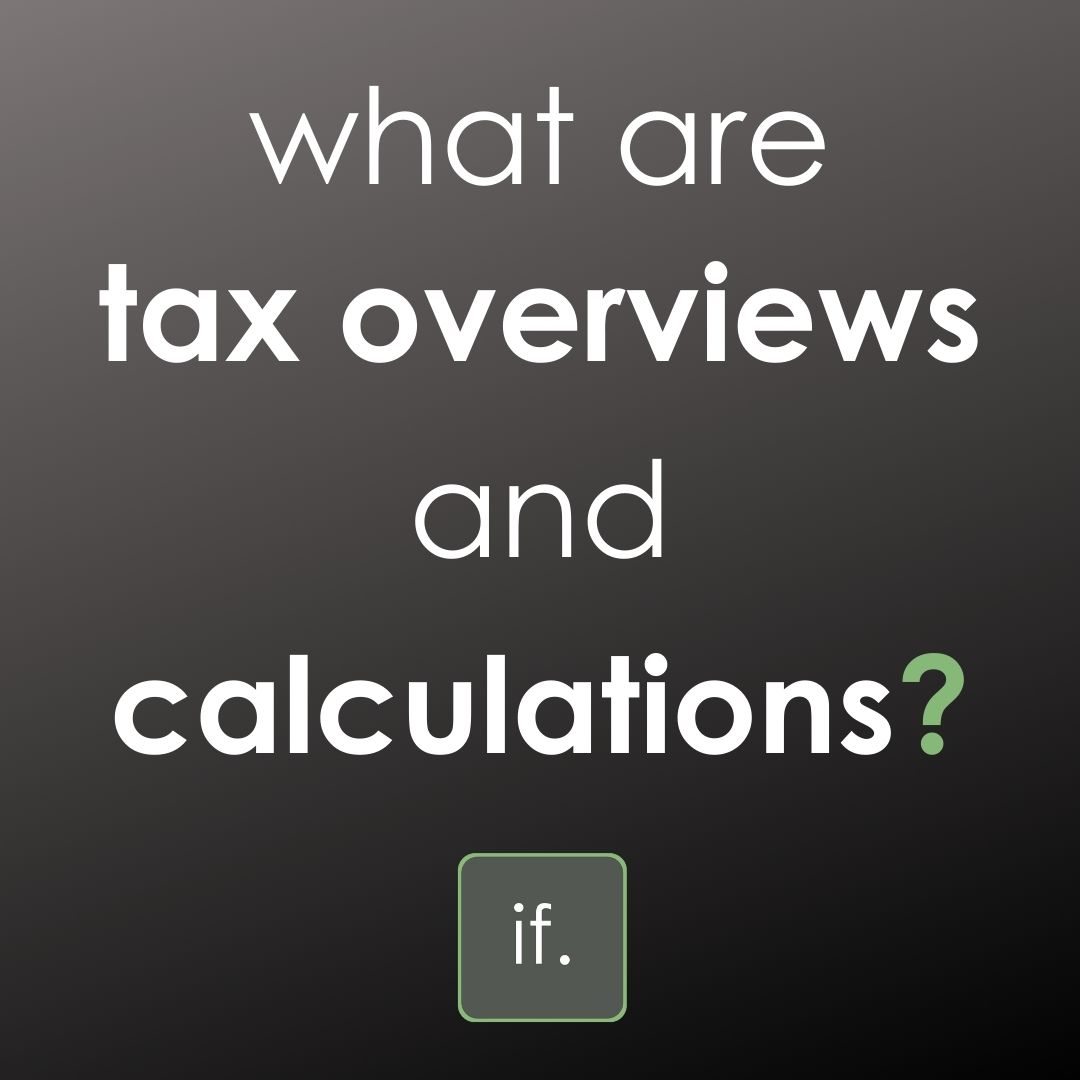


Integra News What are tax overviews and calculations?

Tax calculations (otherwise known as tax computations or SA302) and overviews are documents required by lenders during self-employed clients’ application process.
But what are these, and why do lenders need them?
A tax calculation shows your income for the fiscal year, personal allowance, and the resultant tax bill due on the year. A tax overview is a statement of your tax bill for the tax year, the tax paid, and any amount outstanding.
It’s important for lenders to verify where your earnings have come from (tax calculation) and to verify that you have paid tax on those suggested earnings (tax overview).
Where can I find these tax documents?
Your tax documents are accessible through your HMRC online account, which can be accessed by yourself or your accountant. You can find your HMRC online account through the government website. You will require your UTR (Unique Tax Reference) number to enable access to the HMRC system and your specific documents
What is the difference between a tax return (SA100) and a tax overview?
A tax return shows all the client’s income details, including a return for any employed income submitted to the inland revenue. This will evidence the declared turnover, gross profit, expenditure, salary, etc. A tax overview, on the other hand, shows how much tax has been paid within the tax year.
How do these documents impact the lender’s assessment?
Mortgage lenders ask for the latest 2 years’ tax documents and will want to see all your taxes shown as paid during this period.
If your taxes show as unpaid, this won’t be accepted by the bank or building society lending you the money.
Sole trader/partnership versus limited company (Ltd or LLP)
If you are a sole trader or a partnership then you don’t officially require a formal set of accounts, instead, you just submit your tax return (SA100) to declare all earnings. Like a limited company or LLP, you will also get a tax calculation and tax overview. Your tax calculation will show as income earned from Self-employment, whereas if you are a limited company or LLP (Limited liability practice) your income will show as employed income and dividends.
Limited companies and LLP’s do require a formal set of accounts. Once the accountant has completed these, they will then submit the income to the inland revenue by way of a tax return.
Do I need to declare rental income on my tax return?
100% yes. The government has made changes over the last 5 years with landlord’s taxation and you must declare any rental income on your tax return. It’s relatively straightforward and shouldn’t take much longer than 20 minutes to complete. The profit earned from this income source will be shown on the tax calculations under “income from land and property”.
Any applicable income derived from investments will be shown on this document and will form part of your annual tax liability due to the inland revenue.
Tax is a complex subject and requires independent professional advice from a tax specialist, tax advisor, or accountant. Please be sure to contact a professional to seek further advice and information on the subject matter.
We hope we answered all your questions regarding tax calculations & overviews
If we didn’t, however, and you have any more questions, please feel free to contact us via our
Telephone: 0117 251 0083
Or our email: enquiries@integraf.co.uk
Thank you for reading!
If you’d like to keep up to date on any new blogs we post, events we attend, and more, then why not follow our social media accounts: @integrafltd?